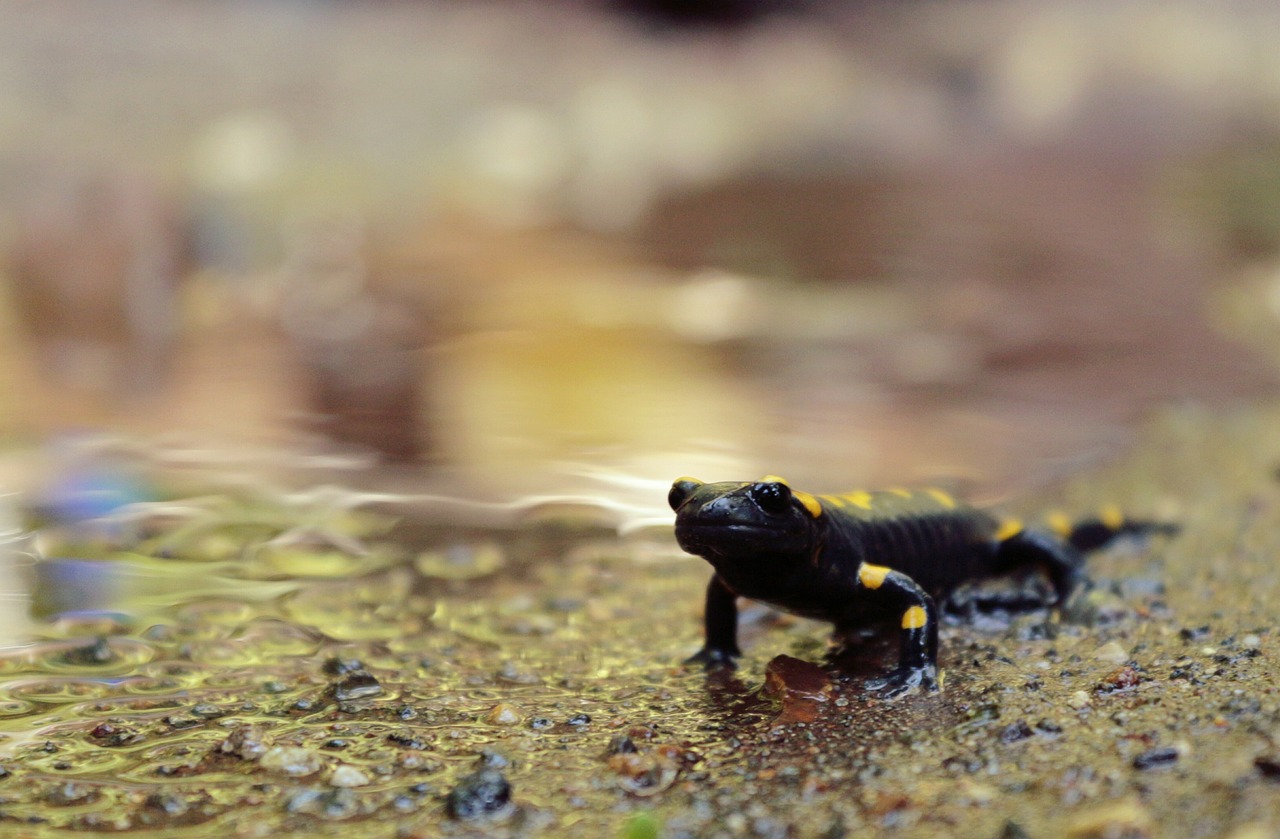
Vocabulary:
I will read the words, meanings, and sample sentences. Then, repeat after me.
- deduce /dih-DOOS/
- esteemed /ih-STEEMD/
- ecosystem /EE-koh-sis-tuhm/
- evolve /ih-VOLV/
- formation /for-MAY-shuhn/
[verb] – to reach an answer or a decision by thinking carefully about the known facts
From the footprints, the detective could deduce that someone had been in the house.
[adjective] – highly respected and admired
The esteemed professor received an award for her research.
[noun] – all the living things in an area and the way they affect each other and the environment
The forest is a complex ecosystem with many different plants and animals.
[verb] – to develop gradually, or to cause something or someone to develop gradually
Over millions of years, some fish evolved to live on land.
[noun] – the action of forming or process of being formed
The formation of the mountains took millions of years.
Article reading:
Please read the whole article. Then, I will check your pronunciation and intonation.
Researchers have unearthed fossils of a colossal, salamander-like creature with sharp teeth that dominated aquatic habitats before dinosaurs existed. This formidable predator, larger than a human, likely used its wide, flat head and formidable front teeth to catch and devour prey, as scientists have deduced. The skull, measuring approximately 2 feet (60 centimeters) in length, was part of the findings. The fossils, which include parts of a skull and backbone, were meticulously analyzed after being collected around ten years ago, and the comprehensive study on Gaiasia jennyae was recently published in the esteemed journal Nature. This creature roamed the Earth approximately 40 million years before the first dinosaurs appeared, offering a rare glimpse into the prehistoric ecosystem.
Scientists have been examining ancient predators like Gaiasia jennyae to understand the origins of tetrapods—four-legged animals that transitioned from water to land and eventually evolved into amphibians, birds, and mammals, including humans. Most early tetrapod fossils have been found in prehistoric coal swamps in North America and Europe. However, these latest fossils, dating back about 280 million years, were discovered in modern-day Namibia, a region once covered with glaciers and ice. This remarkable discovery suggests that tetrapods may have thrived in colder climates earlier than previously thought, raising new questions about their evolutionary trajectory. Claudia Marsicano from the University of Buenos Aires, a co-author of the study, emphasized that the early story of the first tetrapods is much more complex than previously understood. The creature’s name, Gaiasia jennyae, honors the late paleontologist Jennifer Clack, who extensively studied tetrapod evolution, and is derived from the Gai-As rock formation in Namibia where the fossils were found.
Scientists have been examining ancient predators like Gaiasia jennyae to understand the origins of tetrapods—four-legged animals that transitioned from water to land and eventually evolved into amphibians, birds, and mammals, including humans. Most early tetrapod fossils have been found in prehistoric coal swamps in North America and Europe. However, these latest fossils, dating back about 280 million years, were discovered in modern-day Namibia, a region once covered with glaciers and ice. This remarkable discovery suggests that tetrapods may have thrived in colder climates earlier than previously thought, raising new questions about their evolutionary trajectory. Claudia Marsicano from the University of Buenos Aires, a co-author of the study, emphasized that the early story of the first tetrapods is much more complex than previously understood. The creature’s name, Gaiasia jennyae, honors the late paleontologist Jennifer Clack, who extensively studied tetrapod evolution, and is derived from the Gai-As rock formation in Namibia where the fossils were found.
Discussion Questions:
I will read each question. Then, please answer them.
- Have you ever visited a museum with dinosaur fossils? If so, what did you see? If not, would you like to visit one? Why or why not?
- Do you have any interest in studying ancient creatures or fossils? If so, what fascinates you? If not, what other subjects do you enjoy?
- Do you agree that understanding ancient predators is important for learning about the evolution of modern animals?
- What might be the challenges scientists face when studying fossils that are millions of years old?
- In what ways do you think discoveries like the Gaiasia jennyae fossil can influence our understanding of current ecosystems?
Summarization
Please summarize the whole article using your own words and expressions. You will have one minute to prepare before you answer.
Describe:
Please explain the definition of each word listed below based on your understanding. You can provide example sentences if needed.
- dominate
- meticulously
- roam
- thrive
- evolution